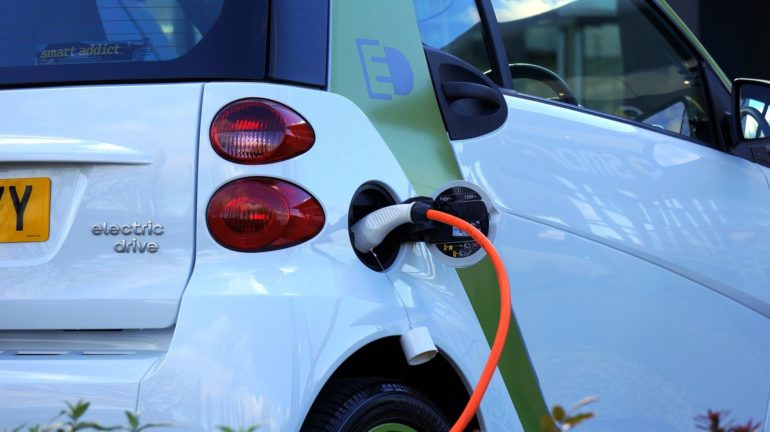A Cornell University-led team has calculated that by the year 2050, vehicle electrification, driverless cars and ride sharing could slash U.S. petroleum consumption by 50% and carbon dioxide emissions by 75% while simultaneously preventing 5,500 premature deaths and saving $58 billion annually.
The researchers projected vehicle stocks, distance traveled, energy usage and carbon dioxide emissions in the continental U.S. through 2050 and quantified the impacts of changing emissions on concentrations of fine particulate matter in the atmosphere, as well as ensuing health and economic benefits of populations in 10 major metropolitan areas.
Their simulations show that reductions in emissions from passenger travel could prevent between 2,300 and 8,100 premature deaths annually in the U.S. in 2050.
The largest number of prevented deaths coincided with large metropolitan areas, such as Los Angeles and Chicago. At the state level, California, Texas, New York, Ohio and Florida would see the largest decreases in premature mortality.The associated economic benefits could range from $24 billion to $84 billion annually.
The group’s paper, “Shared Use of Electric Autonomous Vehicles: Air Quality and Health Impacts of Future Mobility in the United States,” published in Renewable and Sustainable Energy Reviews. Oliver Gao, professor of civil and environmental engineering, led the project. The paper’s lead author is former postdoctoral researcher Shuai Pan.
“Another key finding is that for carbon mitigations and health benefits, vehicle electrification is by far the most important piece, followed by shared mobility (ride-sharing) and then automation,” Pan said. “The net energy impacts of self-driving vehicles are highly uncertain and automation alone may not dramatically affect energy use, emissions or vehicle-related pollution.”
The study concludes that policymakers can help encourage the transition to electric vehicles and boost ride sharing, for example, by issuing tighter fuel economy standards, creating economic incentives for shared mobility, and investing in charging infrastructure and technological developments.
More information:
Shuai Pan et al, Shared use of electric autonomous vehicles: Air quality and health impacts of future mobility in the United States, Renewable and Sustainable Energy Reviews (2021). DOI: 10.1016/j.rser.2021.111380
Provided by
Cornell University
Citation:
Transport in 2050: Safer, cleaner and cost efficient? (2021, July 13)
retrieved 13 July 2021
from https://techxplore.com/news/2021-07-safer-cleaner-efficient.html
This document is subject to copyright. Apart from any fair dealing for the purpose of private study or research, no
part may be reproduced without the written permission. The content is provided for information purposes only.



